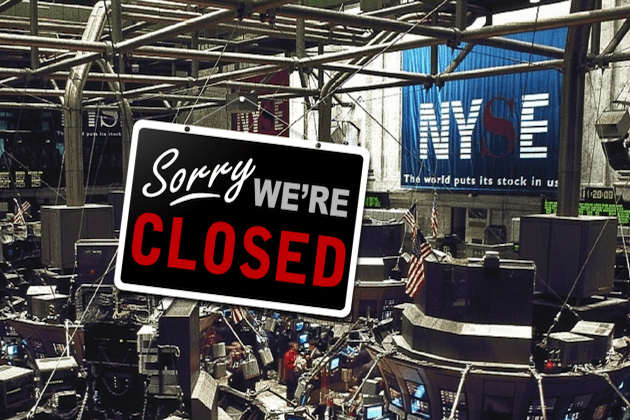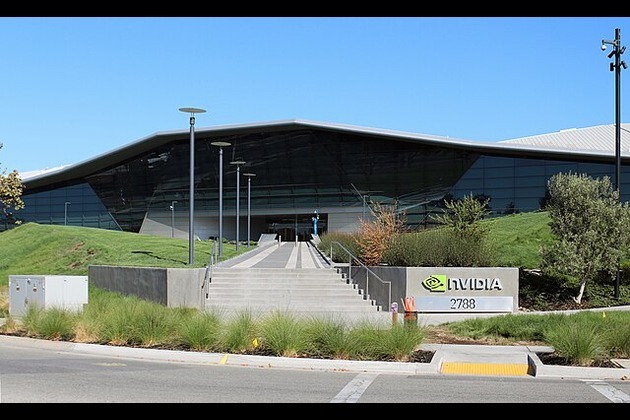The Evolution of Thermostat
Evertise
04 Jan 2022, 15:54 GMT+10

The term thermostat is a relatively new invention. It was created during the Industrial Revolution to describe a device that could automatically maintain established temperature conditions within a facility, room, or enclosure. That definition still holds today - but our understanding of what defines that "set point" has grown significantly in recent years. In addition to essential heating and cooling, our understanding of comfort has evolved to a smart thermostat that includes the effects of humidity, air quality, ultraviolet light exposure, and even smell or olfactory fatigue.

Early Home Heating Systems
In the early days of heating, the only way to control temperature was by opening or closing damper doors in a wood-burning stove. The flue gases are then heated or cooled the air until it meets the set point established by rising or falling coals and rising or falling heat from the chimney.
The First Thermostat
In 1883, a man named Warren S. Johnson developed a device capable of automatically controlling temperature conditions - the first "thermostat" as we now know it. His creation used bi-metallic expansion to open or close an air duct via a hand-operated lever, allowing users to establish their comfort conditions manually.
The first genuinely automatic thermostat was invented in 1902 by William G. Carrier, the "Father of Air Conditioning." Carrier's device used a bimetallic strip that responded to changes in room temperature, activating or deactivating an attached fan as necessary to maintain the established set point. The first known electric-powered thermostat was developed by Willis Carrier in the 1920s. It used a network of mercury-filled tubes to sense temperature changes, activating or deactivating heating elements as necessary.

Electric Thermostat Evolution
Electric-powered home thermostats continued to be improved over the years, utilizing bimetallic sensors and resistive heating elements as the primary means of temperature control. In 1936, Henry G. Mather and Nathaniel B. Wales developed a thermistor that could respond more quickly and precisely than traditional bimetallic devices.
However, early thermistors had significant problems with hysteresis and drift. In addition to the mercury vapor thermostat developed by Carrier, other scientists were busy with their ideas for more accurate temperature control. They all shared one goal: to eliminate the unpredictability of bimetallic devices to improve comfort conditions and reduce energy consumption.
Digital Thermostat
In the 1960s, much progress was made toward a digital thermometer. In 1958, RCA developed the first all-transistorized programmable thermostat - but it wasn't until 1967 that Honeywell developed a fully integrated device that could maintain an average within one degree Fahrenheit for more than 40 hours. This device heralded the age of digital temperature control.
Modern Programmable Thermostat
Since this significant improvement in comfort, many improvements have been made to programmable thermostats. Today's devices can be mounted on walls or placed on tables for greater convenience; some models are even battery-powered and fully portable. In addition, digital models now feature LCD screens and touch-sensitive controls. The display can be as simple as a single line of text indicating current temperature or weather conditions, including icons and other graphics.
In addition, you can find thermostats that display the setpoint, humidity levels, time, and date - even indoor air quality indexes and alerts for open windows. Electric-powered models can be a true "set and forget," or they can offer a wide range of features, allowing you to schedule automatic changes in temperature settings for different times of day and days of the week.
Digital thermostats have made it easy to not only maintain but also customize our office and home temperatures.

Smart Thermostats
Thanks to the Internet of Things, digital thermostats can now communicate with nearly any other device in your home. You can program your thermostat so that it automatically changes depending on who is at home, whether you're there or not, and exactly when you will be back. Some models even integrate directly with HVAC systems, monitoring conditions and adjusting the temperature accordingly.
All of these features add up to one thing: a smart thermostat, communicating with other devices on your network to create an automated lifestyle that is more energy-efficient and comfortable.
Conclusion
In conclusion, there have been many evolutions in the technology of thermostats. At first, thermostats were made of bimetallic devices, which were less accurate than today's digital thermostats. Also, earlier versions of thermostats had static schedules that needed to be programmed by hand. These days, they are programmable and smart thermostats and can control the heating system based on the presence of someone in the home and the amount of time that someone has been gone. In addition, some models are connected to home automation systems, allowing them to control HVAC systems based on other devices in your house.
Thermostat evolution has been a long process that has changed everything from how heat is given off to making sure our houses are comfortable. This device has evolved from a box filled with mercury to a touch-screen device.
We have come a long way from the simple bimetallic strip to the more complex and user-friendly devices we use today.
 Share
Share
 Tweet
Tweet
 Share
Share
 Flip
Flip
 Email
Email
Watch latest videos
Subscribe and Follow
Get a daily dose of Austin Globe news through our daily email, its complimentary and keeps you fully up to date with world and business news as well.
News RELEASES
Publish news of your business, community or sports group, personnel appointments, major event and more by submitting a news release to Austin Globe.
More InformationBusiness
SectionMeta hires SSI CEO Gross as AI race intensifies among tech giants
PALO ALTO/TEL AVIV: The battle for top AI talent has claimed another high-profile casualty—this time at Safe Superintelligence (SSI),...
Engine defect prompts Nissan to recall over 443,000 vehicles
FRANKLIN, Tennessee: Hundreds of thousands of Nissan and Infiniti vehicles are being recalled across the United States due to a potential...
Microsoft trims jobs to manage soaring AI infrastructure costs
REDMOND, Washington: Microsoft is the latest tech giant to announce significant job cuts, as the financial strain of building next-generation...
Stocks worldwide struggle to make ground Friday with Wall Street closed
LONDON UK - U.S. stock markets were closed on Friday for Independence Day. Global Forex Markets Wrap Up Friday with Greeback Comeback...
Nvidia briefly tops Apple’s record in AI-fueled stock rally
SANTA CLARA, California: Nvidia came within a whisker of making financial history on July 3, briefly surpassing Apple's all-time market...
ICE raids leave crops rotting in California, farmers fear collapse
SACRAMENTO, California: California's multibillion-dollar farms are facing a growing crisis—not from drought or pests, but from a sudden...
Texas
SectionUS Supreme Court backs Texas efforts to shield minors online
WASHINGTON, D.C.: In a significant ruling last week, the U.S. Supreme Court upheld a Texas law requiring age verification for users...
MLS postpones match between Austin FC and LAFC
(Photo credit: Scott Wachter-Imagn Images) Major League Soccer has announced that Saturday evening's contest between Austin FC and...
Rangers activate OF Wyatt Langford, option INF Justin Foscue
(Photo credit: Raymond Carlin III-Imagn Images) The Texas Rangers activated outfielder Wyatt Langford from the 10-day IL on Saturday...
Alabama lands 5-star safety Jireh Edwards
(Photo credit: Gary Cosby/Tuscaloosa News / USA TODAY NETWORK via Imagn Images) Jireh Edwards, a five-star safety in the Class of...
Back-to-back RBI doubles lift Orioles over Braves in 10 innings
(Photo credit: Dale Zanine-Imagn Images) Ramon Laureano and Jacob Stallings delivered run-scoring doubles in the 10th inning to help...
Daily World Briefing, July 6
Chinese FM urges China, France to uphold multilateralism, rules of free trade China and France should champion multilateralism and...













